- Exam Questions Papers - Exam Paper 1
- Exam Questions Papers - Exam Paper 2
- Exam Questions Papers - Exam Paper 3
- Exam Questions Papers - Exam Paper 4
- Exam Questions Papers - Exam Paper 5
- Exam Questions Papers - Exam Paper 6
- Exam Questions Papers - Exam Paper 7
- Exam Questions Papers - Exam Paper 8
- Exam Questions Papers - Exam Paper 9
- Exam Questions Papers - Exam Paper 10
- Exam Questions Papers - Exam Paper 11
- Exam Questions Papers - Exam Paper 12
- Exam Questions Papers - Exam Paper 13
- Exam Questions Papers - Exam Paper 14
- Exam Questions Papers - Exam Paper 15
- Exam Questions Papers - Exam Paper 16
- Exam Questions Papers - Exam Paper 17
- Exam Questions Papers - Exam Paper 18
- Exam Questions Papers - Exam Paper 19
- Exam Questions Papers - Exam Paper 20
- Exam Questions Papers - Exam Paper 21
- Exam Questions Papers - Exam Paper 22


Exam Questions Papers - Engineering
Q1:
Consider a stable and causal system with impulse response h[n] and rational system function H(z). Suppose it is known that H(z) contains a pole at z = 1/2 and a zero some where on the unit circle. The precise number and locations of all of the other poles is unknown. |


For help Students Orientation
Mcqs Questions
One stop destination for examination, preparation, recruitment, and more. Specially designed online test to solve all your preparation worries. Go wherever you want to and practice whenever you want, using the online test platform.



 corresponds to the value of the z-transform of h[n] at z = 2.
Thus, its convergence is equivalent to the point z = 2 being in the ROC.
Since the system is stable and causal, all of the poles of H(z) are inside the unit circle, and the ROC includes all the points outside the unit circle, including z = 2.
Statement (c) is true. Since the system is causal, h[n] = 0 for n < 0.
Consequently, h[n] * h[n] = 0 for n < 0; i.e., system with h[n] * h[n] as its impulse response is causal.
The same is then true for g[n] = n[h[n]].
Furthermore, by the convolution property the system function corresponding to the impulse response h[n] * h[n] is H2(z), and by the differentiation property the system function corresponding to g[n] is
corresponds to the value of the z-transform of h[n] at z = 2.
Thus, its convergence is equivalent to the point z = 2 being in the ROC.
Since the system is stable and causal, all of the poles of H(z) are inside the unit circle, and the ROC includes all the points outside the unit circle, including z = 2.
Statement (c) is true. Since the system is causal, h[n] = 0 for n < 0.
Consequently, h[n] * h[n] = 0 for n < 0; i.e., system with h[n] * h[n] as its impulse response is causal.
The same is then true for g[n] = n[h[n]].
Furthermore, by the convolution property the system function corresponding to the impulse response h[n] * h[n] is H2(z), and by the differentiation property the system function corresponding to g[n] is
 From above equation we can conclude that the poles of G(z) are at the same locations as those of H(z), with the possible exception of the origin.
Therefore, since H(z) has all its poles inside the unit circle, so must G(z).
It follows that g[n] is the impulse response of a causal and stable system.
Statement (a) is true because there is a zero on the unit circle.
From above equation we can conclude that the poles of G(z) are at the same locations as those of H(z), with the possible exception of the origin.
Therefore, since H(z) has all its poles inside the unit circle, so must G(z).
It follows that g[n] is the impulse response of a causal and stable system.
Statement (a) is true because there is a zero on the unit circle.